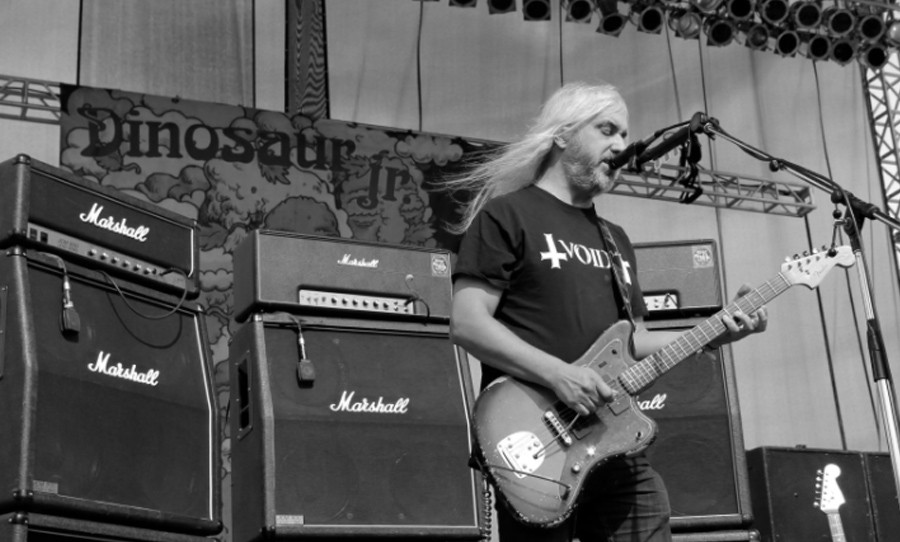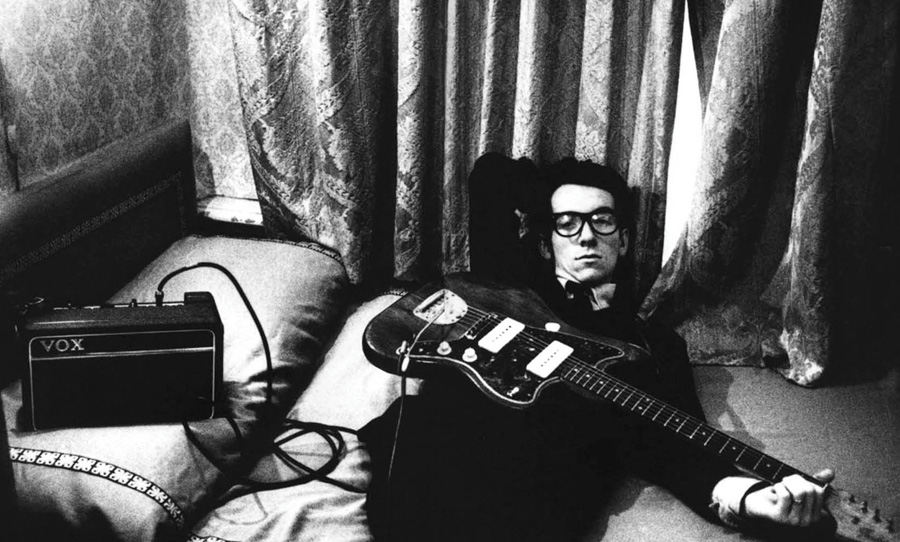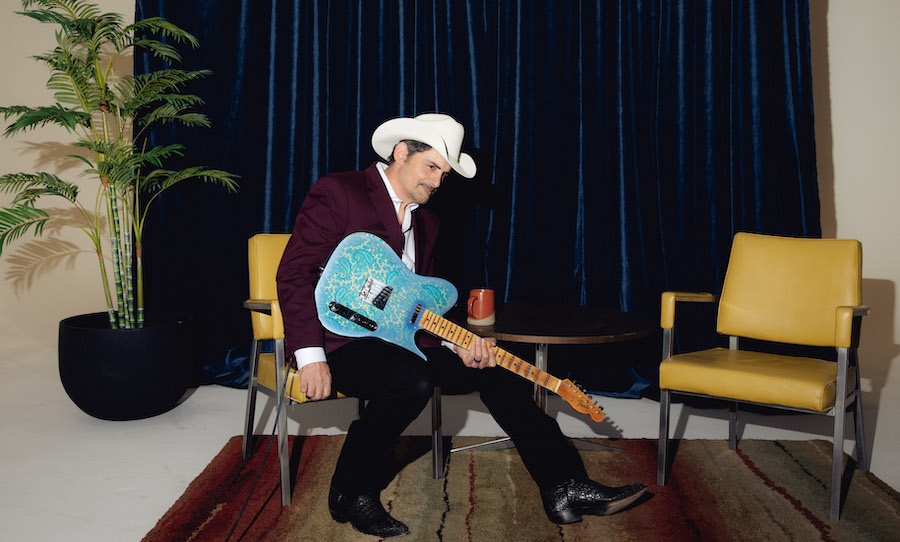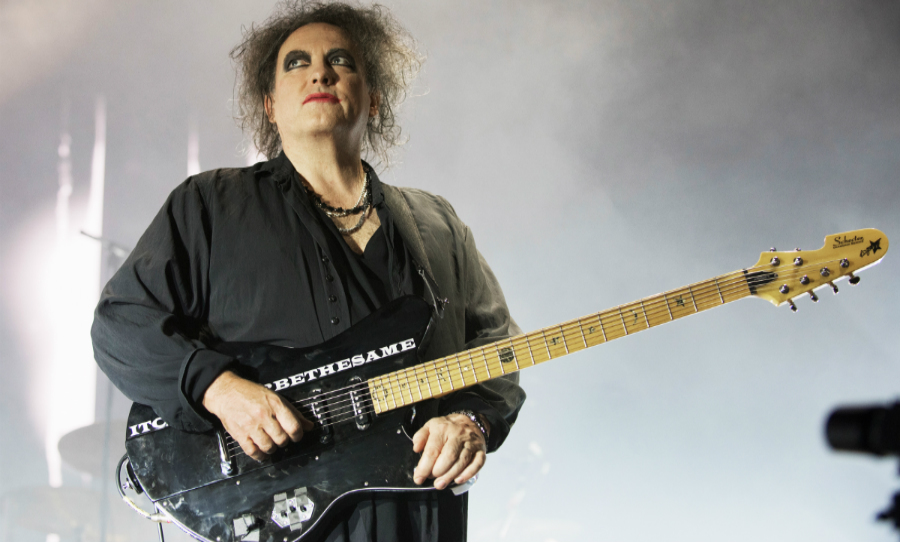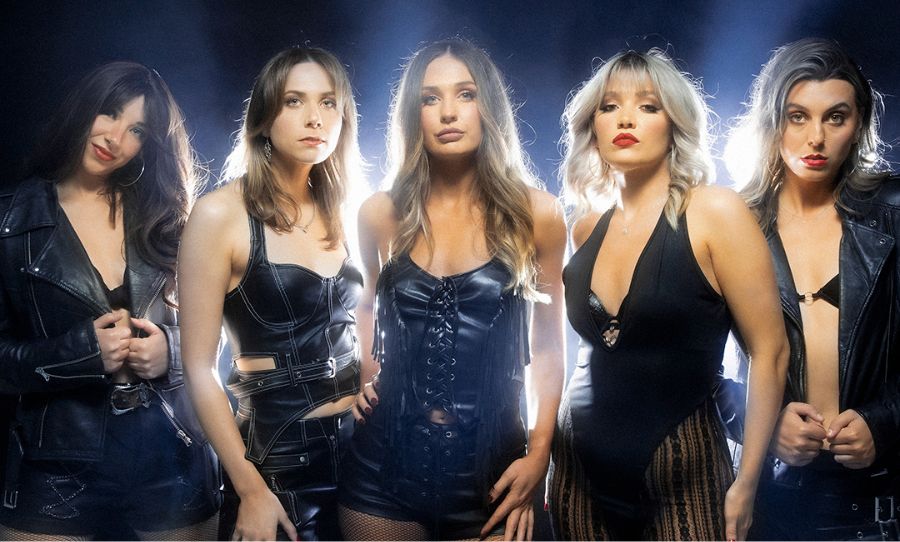Mods, tasteful aesthetics, and downright demolitions. The Fender Jazzmaster guitar has been the signature sound for a huge range of artists for decades.
The Fender Jazzmaster was, of course, marketed to be the go-to guitar for the jazz genre. The original had some faults in terms of playability and bridge design, so the initial success of the guitar was halted. Jazz players of the time instead preferred archtops, especially those made famous by Gibson.
Away from jazz, surf bands such as The Ventures and The Beach Boys enjoyed the Fender Jazzmaster for its spangle, comfort, and bright (yet warmer than most) single-coil pickups. More recently, indie rock has been key in boosting guitar’s popularity. These days the Jazzmaster is the go-to for a huge array of artists – from Slipknot to Sonic Youth.
The guitar is lauded for its floating tremolo, wide single coils, comfortable off-set body, and its iconic separate lead/rhythm circuits. A highly customisable and iconic instrument, here are nine artists who are defined by their Jazzmasters.
J Mascis
Perhaps the best-known user of the Jazzmaster is J Mascis. His band Dinosaur Jr features immense distortion and feedback, the guitarist getting a sound out of the instrument that people thought inconceivable. He has said that it would be impossible to play Dinosaur Jr songs on another guitar live. The way he wrote pieces with different pickup switching and the tremolo bridge wouldn’t translate.
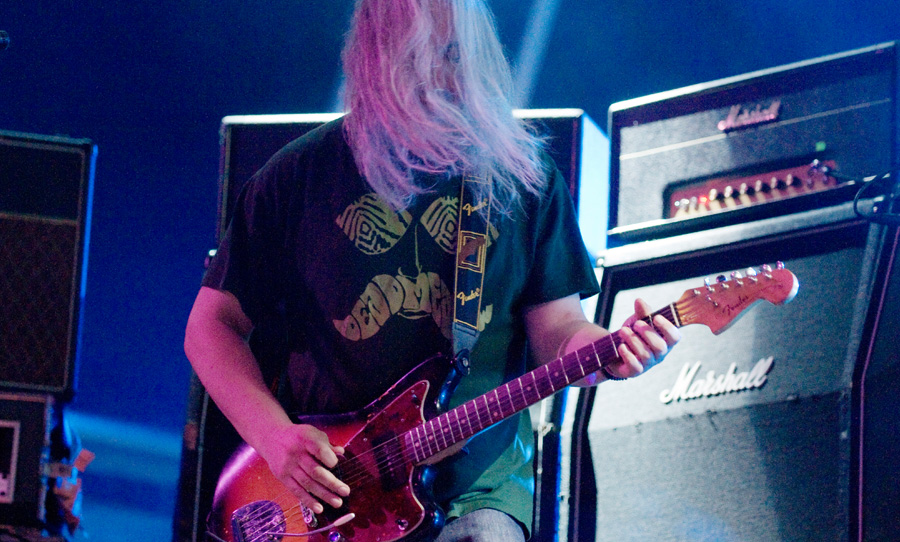
J Mascis is such a token for the Jazzmaster sound and looks that Fender created a bunch of signature guitars. It has high action, jumbo frets, and a tune-o-matic bridge. Coming in some interesting finishes, including a purple sparkle finish – truly a unique guitar for a definitive playing style.
Georgia Maq
Melbourne band Camp Cope’s frontwoman Georgia Maq runs one of the J Mascis Signature Jazzmasters, the aforementioned stand-out purple sparkle fitting with her fearless personality. She appreciates the Jazzmaster for its harmonic clarity, saying “I like the Jazzmaster because it sounds like a piano.”
She has changed up the wiring to fit her needs –– the neck pickup is wired straight to the jack with no volume and no tone. This simplicity lends itself to the band’s DIY sound, the bassist playing the melody while Maq’s Jazzmaster takes over the rhythm. Maq uses only one pedal, fully utilising the clean Jazzmaster sound.
Lee Ranaldo
Sonic Youth’s Lee Ranaldo began with Fender’s Telecaster Deluxe and Jaguars. After touring with Dinosaur Jr, the Jazzmaster piqued his interest for its similarity to the Jag, yet he yearned for the longer scale. Of course, the best course was to make it his own, ripping out the circuitry. Simplifying it, adding humbucker pickups, resulted in what became the ‘Jazzblaster’, extra power and a unique look.
Fender created a signature guitar for the band, not called ‘Jazzblaster’, but pretty close to SonicYouth’s DIY concoction. The Lee Ranaldo Signature Jazzmaster features wide range humbuckers for a fatten sound, Mustang bridge, and simplified circuitry.
Taylor York
Paramore’s Taylor York has customised his Jazzmaster for his heavy touring schedule. The rhythm/lead circuit that draws many players to the Jazzmaster has been removed, replaced by the three-way pickup selector.
The jack has also been moved from the pickguard to the lower bout, these changes and allowed for wild strumming on stage. A humbucker in the bridge and humbucker-sized P90 pickup in the neck beefs out the sound for Paramore’s hefty arena shows.
Robert Smith Fender Jazzmaster
Robert Smith of The Cure has been known to play a plethora of guitars. Perhaps the most revered sound Smith achieved came from an altered 1965 Fender Jazzmaster. When recording The Cure’s first album, he brought in a cheap as chips Woolworth’s (as it was in the UK) electric guitar. He was forced to buy a new one by the producer, to which he cheekily added a middle pickup to, torn off that Woolworth’s guitar.
He reportedly used that guitar for The Cure’s first few albums Disintegration, Seventeen Seconds, Faith, and Pornography. It coloured songs with atmosphere, emotional richness, and to quote Smith an ugliness that is “virtually unbearable.” Robert Smith said the guitar just sounds like he wants it to, and became iconic for the cult band.
Elvis Costello Jazzmaster
Punk/new wave artist Elvis Costello first came across the Jazzmaster and thought it was a Strat someone had cut a piece out of. Ah, the old Stratocaster vs Jazzmaster. He had a play of it and thought “that’s way better than mine” and traded it in, never looking back. It was a battle; his first Jazzmaster had a furniture lacquer on it, and he needed to tape over the rolling lead circuit, but Costello still loved it.
Costello rates the Jazzmaster it’s for its ease of playing, as well as the floating tremolo, which gives it that “spy movie” sound. Fender made a signature model in honour of Costello as one of the guitar’s most famous players. It focused more on the wood finish look than any major technical changes – though the tremolo is said to be more portable and stick out at an angle closer to a Bigsby style. It is as close to an American ‘62 Jazzmaster as you can get, a supposed replica of the model was used on Elvis Costello’s most famous recordings.
Jim Root
Jim Root tours a lot as the guitarist for Slipknot and Stonesour, the Jazzmaster accommodates this very well. Previously partial to Stratocasters, Root created a signature model with the goal of including everything he loved about the Strat. This meant simpler electronics and a hard-tail bridge, all boxed within the comfort of a Jazzmaster.
The Jim Root Jazzmaster lacks most Jazzmaster-y things – the pickups are humbuckers, the body is boxier and made of mahogany. An incredibly minimalist aesthetic – but somehow retains the name through the iconic style and scale. The flat black satin finish, in the guitarist’s words, allows the player to wear down the Jazzmaster and let the guitar take on the player’s personality. For such a heavy and austere piece, that’s a beautiful concept.

Troy Van Leeuwen Sessions
Troy Van Leeuwen is best known for being a member of Queens of the Stone Age and A Perfect Circle. As a session musician, featured in tracks from Korn, and Limp Bizkit. He uses many types of Jazzmasters – a black AVRI 62, an Aztec Gold AVRI 65, even a Squier Vintage Modified Jazzmaster.
Van Leeuwen also had a signature guitar made for him because of his ambassador status associated with the sound. Notably, it has a Fender Mustang bridge, vintage-style frets, and an ox-blood finish with Pearloid inlays, making for a steady and stylish aesthetic.
Chelsea Wolfe Jazzmaster and Disortion
A purveyor of the American Professional Jazzmaster, Chelsea Wolfe claims that her circular, trance-like style is found in the comfort of the instrument. She feels that playing guitar is instinctual, and that “guitars have songs hidden inside them,” and you just have to coax them out.
Though she plays heavy and drives the Jazzmaster through a lot of distortion, Wolfe feels comfortable in playing repetitive and reactive pieces with the guitar. The offset of the Jazzmaster also draws her to it because of its ‘imperfect’ look. The resulting sound is a combination of the brightness of the Jazzmaster pulled through the dredges of her doom folk/metal sound.
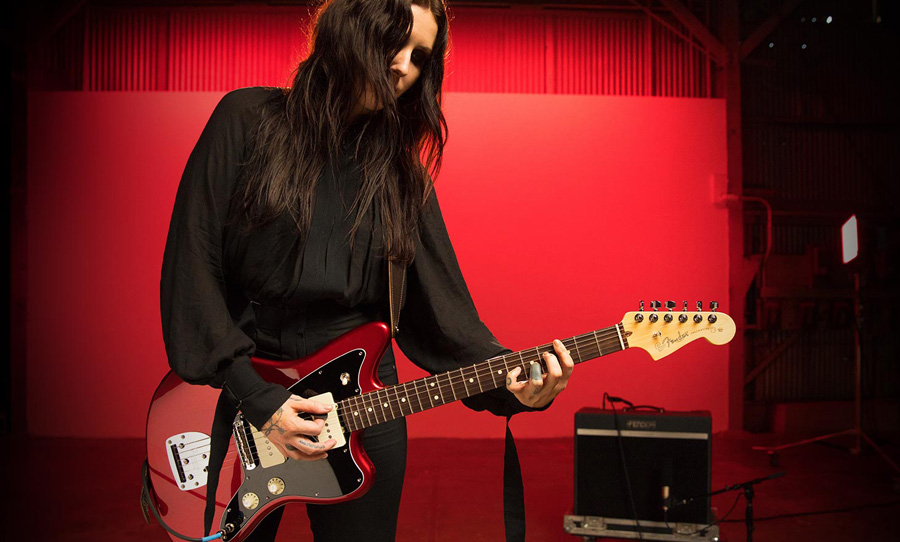
There are many things that draw a player towards the Jazzmaster. There are countless stories of ripping out the electronics to simplify the guitar or swapping out the pickups simply to get the sound and style out of a guitar that is comfortable and full of character.
If anything, these artists have created a reciprocal relationship with the instrument. They’ve reshaped the Jazzmaster to suit their artistic needs and the guitar has responded by yielding its unique and authentic character in service of the music.
